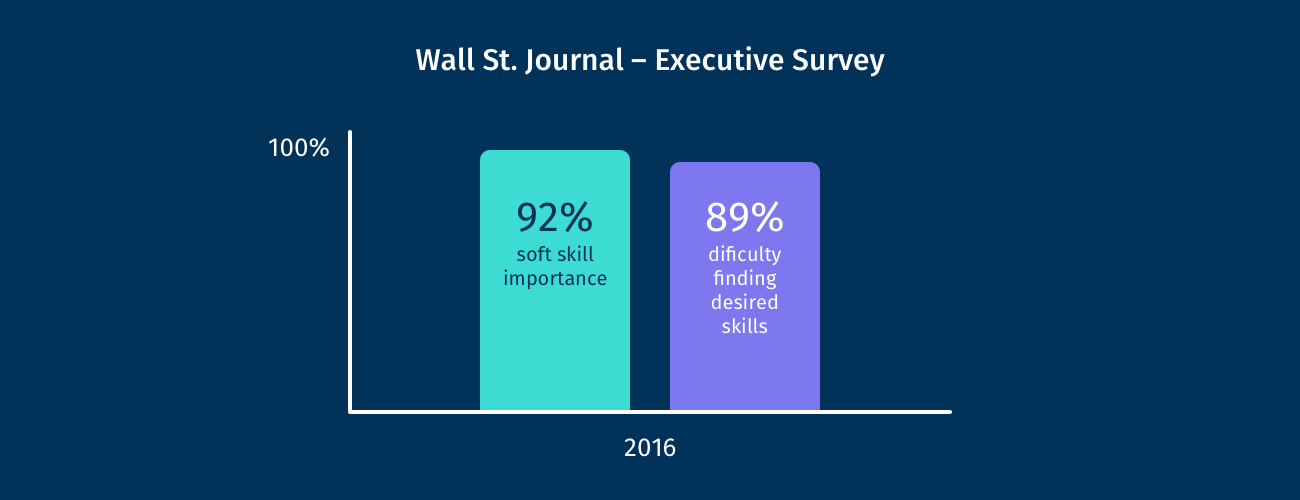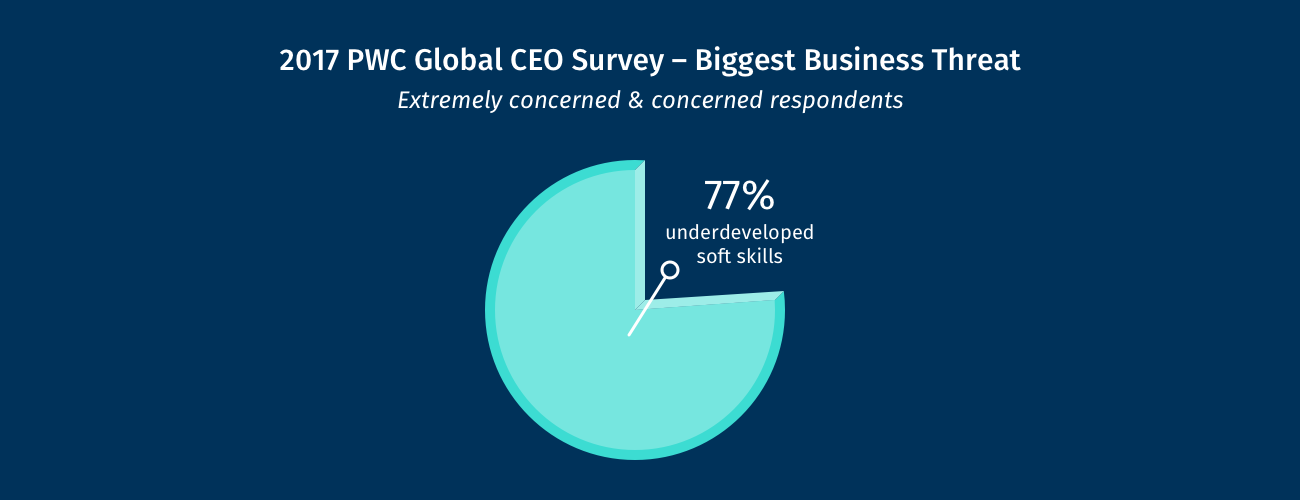AI bolsters employee productivity through soft skills development
By
— September 11th, 2019

With unemployment rates continuing to hover close to all-time lows, (economists call the current rate “full-employment,” which is defined as those individuals who want a job can find one), companies have struggled to find the right talent.
To overcome this hurdle, many organizations have embraced artificial intelligence (AI) to accelerate their recruitment process. AI innovation has helped businesses of all sizes identify and woo candidates.
After experiencing the benefits of these new candidate sourcing methods and an expedited recruitment process, HR teams are embracing this modern technology for other disciplines.
How to align HR wellness programs with business strategy
They have tapped AI to facilitate disruptive and time-consuming, albeit important tasks, such as leveraging chatbots to answer employee payroll, benefit and other policy questions.
So far, HR’s digital transformation has primarily focused efforts that benefit the employer. And it is certainly eliminating some real pain-points and enabling organizations to function more efficiently.
So it is only logical that strategic, innovative human resource professionals are turning to AI to help tackle their current employee daily challenge. The growing soft skills gap.
Any article you read about employee training quickly raises the concern about how to ensure employees have the right technical skills and defining upskilling strategies.
But there is a more critical need. In order to drive innovation and creativity throughout an organization, the discussion should focus on how to ensure employees have the critical soft skills employers desire today, which can have a far greater impact on an organization’s success.
A 2016 Wall Street Journal survey revealed that C-Suite executives rank soft skills as equally or more important than technical skills. These executives also indicated they are having a difficult time finding qualified candidates with these critical skills, including empathy, critical thinking, problem-solving, effective communication and more.

An example might be helpful here. Effective communication has been the #1 business challenge since individuals started working together in a family store or other family-owned small business, to a charity organization, to today’s multinational companies, organizations have been challenged to ensure they are understood by others and that workers are informed on strategic decisions, and more importantly, why.
The single most important skill an organization can focus on and invest in developing is effective communication. The proliferation of varied digital formats available for information consumption is pushing employers to define omnichannel communication strategies to ensure their employees informed.
The decline in the ability to effectively communicate has led to the deterioration of other soft skills competencies.
The Soft Skills Gap
Both employers and employees are feeling the effects of the current demand over available supply of soft skills. Employers want their employees to have them, but they are decreasing in availability and capability levels. For several years running PWC’s global CEO survey has highlighted the negative impact of the increasing lack of soft skills. The concern is so great that 77% of respondents to PWC’s survey highlighted the lack of soft skills as the biggest threat to their business.

Employees share this view. Millennials recognize their deficiency in this area. Many have indicated they feel vulnerable about their level of confidence, ability to lead (manage conflict, demonstrate empathy), their social interactions with co-workers and the ability to effectively communicate.
Their concern is so great that they are selecting jobs with organizations that invest in employee training and development. Gallup has reported that 87% of millennials indicate career or professional training and development is very important to them.
If you were to plot the year-over-year demand versus supply gap on a graph, it would look something like this.

This graph is for illustrative purposes only. There is not a specific data source, but rather it has been constructed from an aggregated sentiment from articles, industry discussions, and human resource professionals’ comments.
AI is emerging as a formidable solution to this challenge. Traditional (read outdated, historical) learning and development processes are not effective with today’s younger workers. Millennials and Gen Zers want an interactive, digital experience.
Today’s techno-savvy younger professionals quickly embrace and leverage any new digital advancement. This behavior is to be expected.
They were practically born with a mobile computer in their hands. Millennials and Gen Z’ers leap at the opportunity to experience new technology-enabled services, tapping and swiping hurriedly in an effort to self-discover all that might be available at their fingertips. L&D efforts need to capitalize on this digital curiosity in order to be effective.
How to align HR wellness programs with business strategy
Strategies to ensure younger employees engage with educational content include:
- Micro-burst content. Content should be consumable in 2 – 15 minutes. And navigating to and through it should be simple, intuitive, and well designed.
- Easily accessible. Content needs to be digitally native, and accessible on mobile devices.
- Collaborative. Younger generations are being exposed to the value of long-term interpersonal relationships in a way they’ve not experienced before. Solutions that promote collaboration and community building will promote success.
- Relevant. This happens to be a “traditional” (obvious) strategy that has stood the test of time. Content needs to address their specific needs.
- Integrated learning experiences. Development strategies need to integrate educational content with real-world experiences. This learn and apply approach helps to speed growth and development.
Enter AI
AI supports these strategies in several ways. Micro-learning, chatbots can guide employees to the best content for their current skill development.
AI-powered “smart” development plans can keep track of progress and push exercises or activities to the learner to ensure they continue to grow and develop. The natural predictive benefit of AI will identify potential pitfalls and help employees avoid them. And most importantly, AI offers a digitized approach to how today’s workforce wants to learn.








